3.9 million Lebanese were called to the polls on May 15, for the first legislative elections since the protest movement of October 2019. The FL (Lebanese Forces) are the big winners, while Hezbollah could lose its majority. Abstention is higher than in 2018. Ecomnews Med gives you an update on results and the forces involved.
The double explosion of the port of Beirut, the economic crisis and the uprising of October 2019 which followed, will therefore not have caused the expected political upheaval. Thus, the next Parliament will be largely made up of traditional parties and figures.
But on closer inspection, several significant dynamics stand out. The Assembly will actually be slightly different from the previous one.
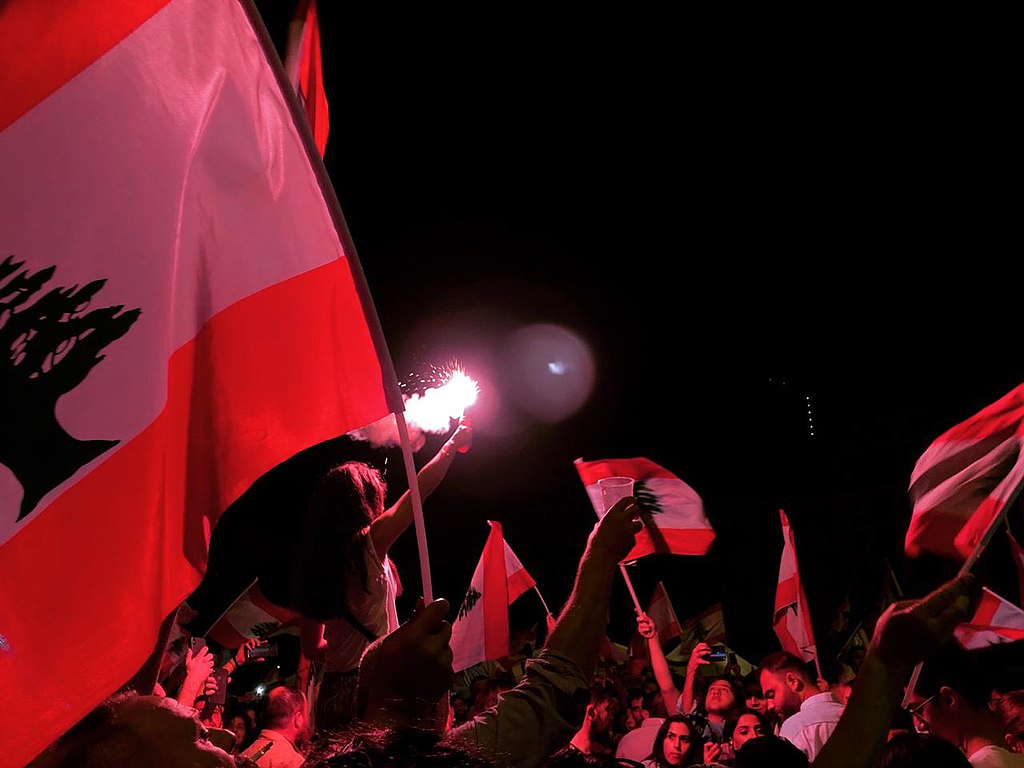
The Lebanese Forces
Samir Geagea’s party would win at least 20 seats and thus become the first Christian force ahead of the Free Patriotic Movement (CPL) a few months before the end of Michel Aoun’s mandate.
The latter would get 16 deputies. The strong Lebanon bloc won 29 seats in 2018 and is expected to get only 19 seats this time around. This is a substantial drop, but Gebran Bassil’s party nevertheless managed to limit the damage in a context that was very unfavorable to it.
The partial results give the impression that the next Parliament will essentially be made up of two blocs, one led by Hezbollah and its allies, the other by the Lebanese Forces and their allies, which suggests a return to strong polarization comparable to what Lebanon experienced in 2009.
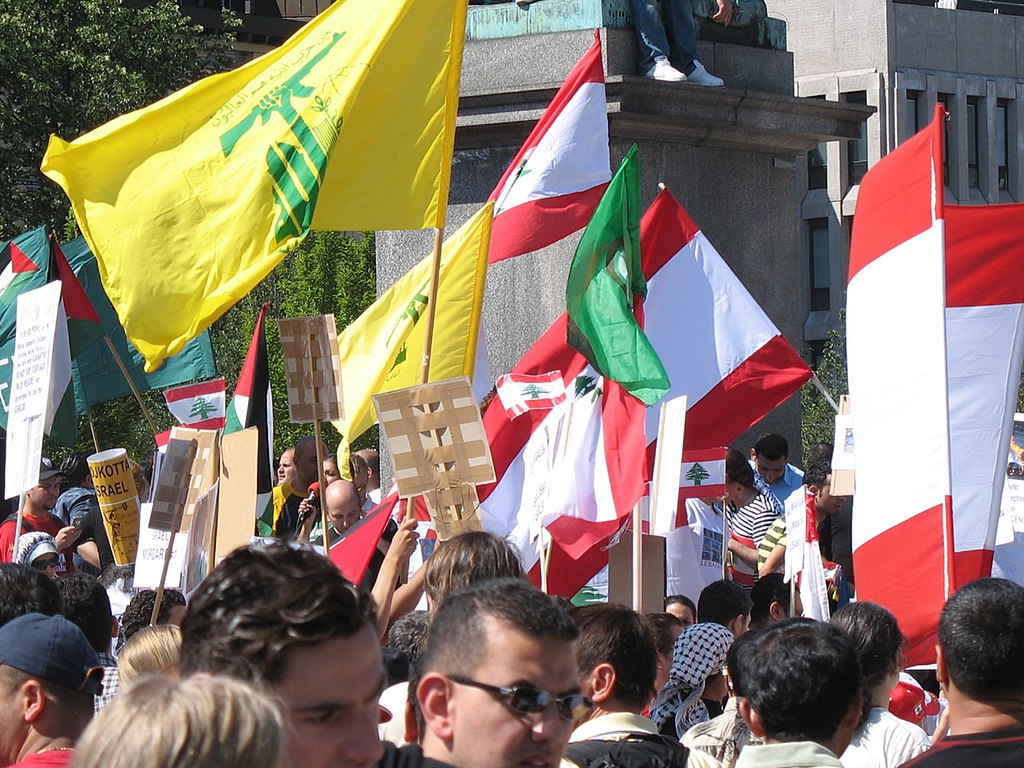
Hezbollah and its allies
Hezbollah and its allies appear to have lost their majority in parliament. They have recorded significant losses, particularly on the Christian scene, but seem to have offset some of these losses with gains on the Sunni scene where they are benefiting from the withdrawal of ex-Prime Minister Saad Hariri.
However, will this be enough to obtain a majority of at least 65 deputies? As a reminder, in 2018, Hezbollah and its allies had obtained the majority with 71 deputies out of 128.
According to the first results, the candidates considered close to the regime of Bashar el-Assad also obtained very poor scores in the four corners of Lebanon. As a result, no clear majority should emerge and Parliament risks being more fragmented than ever. That said, forces hostile to Hezbollah, even if not allied, are likely to outnumber parliament.
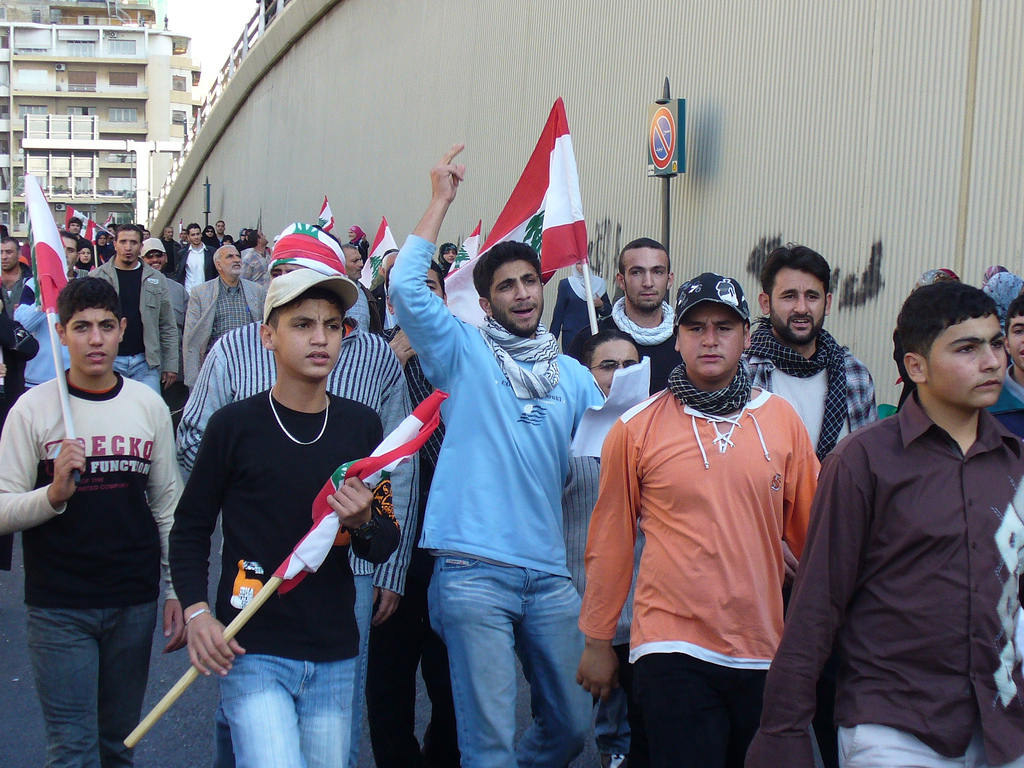
The forces of protest
Third dynamic: The major breakthrough of the forces of protest. The two most symbolic victories could be those of the opposition candidate Elias Jarade in South III, in a region acquired by the Hezbollah-Amal tandem, and that of Marc Daou against the Druze leader Talal Arslane in Aley.
The protest forces should obtain a total of ten seats, including one, surprisingly, in Tripoli. However, the partial results of Beirut I seem more disappointing for the protest forces. The constituency was presented as the most favorable to these movements but they would have obtained only one seat there, probably because of their divisions.
The whole question now is whether these forces will unite within the same bloc, which could have some influence. They could also choose to ally themselves, at least in a circumstantial way, with the independent figures who have been re-elected and the Kataëb, which would allow them to have a large bloc of between 15 and 20 deputies.
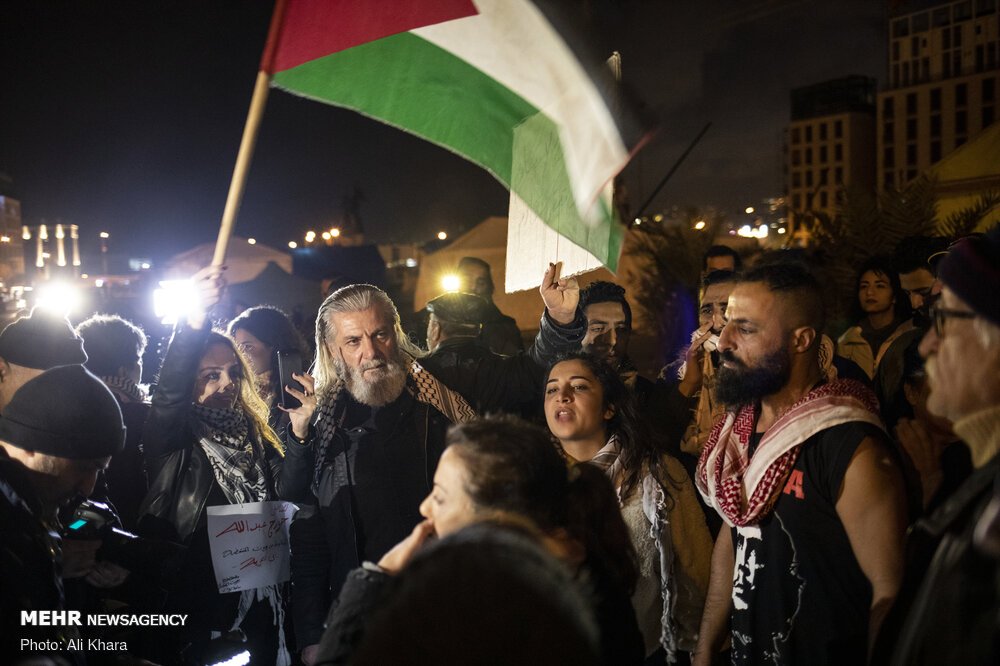
The Sunni scene
The fourth dynamic sees the fragmentation of the Sunni scene after the withdrawal of former Prime Minister Saad Hariri. Former Prime Minister Fouad Siniora missed his bet while the current head of government Nagib Mikati has a very bad score in Tripoli.
The vacuum created by the absence of the blue party seems to have benefited the Sunnis close to Hezbollah on the one hand, and the protest forces on the other. The leader of the Future Movement played the role of shock absorber within the former Parliament in the confrontation between Hezbollah and its adversaries. In its absence, it should be much stronger, but the Sunni leadership risks playing a fairly secondary role compared to the FL.
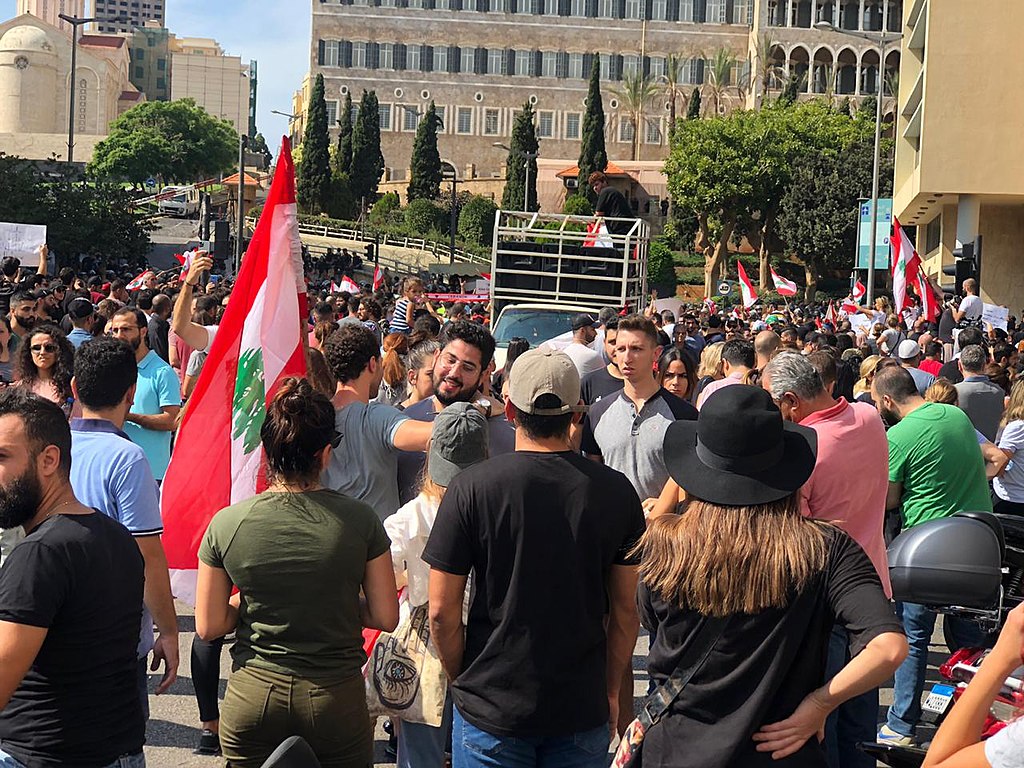
Participation rate
Last lesson of this election: the drop in the participation rate compared to 2018, from 48.68% to 41% according to figures provided by the Ministry of the Interior, Sunday evening May 15.
Given the crisis that has hit Lebanon since 2019, the October 17 uprising and the double explosion at the port of Beirut, the turnout appears not only low but also disappointing.
The winners of the Lebanese Forces
According to the electoral machine of the Lebanese Forces, here are the candidates of the party whose victory would already be confirmed:
Ghassan Hasbani – Greek-Orthodox – Beirut I – We are for Beirut supported by the Lebanese Forces
Ziad Hawat – Maronite – Mount Lebanon I – With you we can until the end supported by the Lebanese Forces
Chaouki Daccache – Maronite – Mount Lebanon I – With you we can until the end supported by the Lebanese Forces
Melhem Riachi – Greek-Catholic – Mount-Lebanon II – Metn freedom supported by the Lebanese Forces
Pierre Bou Assi – Maronite – Mount Lebanon III – Baabda sovereignty and the decision supported by the PSP and the Lebanese Forces
Georges Adwan – Maronite – Mont-Liban IV – Partnership and will supported by the PSP and the Lebanese Forces
Nazih Matta – Greek-Orthodox – Mount Lebanon IV – Partnership and will supported by the PSP and the Lebanese Forces
Elias Khoury – Maronite – North Lebanon II – The rescue of a nation supported by Achraf Rifi and the Lebanese Forces
Sethrida Geagea – Maronite – North Lebanon III – The pulse of the strong republic supported by the Lebanese Forces
Ghada Ayoub – Greek-Catholic – South I – Our unit in Saida and Jezzine supported by the Lebanese Forces
Elias Stéphan – Greek-Orthodox – Békaa I – Zahlé sovereignty supported by the Lebanese Forces
Georges Okaïs – Greek-Catholic – Békaa I – Zahlé sovereignty supported by the Lebanese Forces
Antoine Habchi – Maronite – Békaa III – The construction of the State supported by the Lebanese Forces


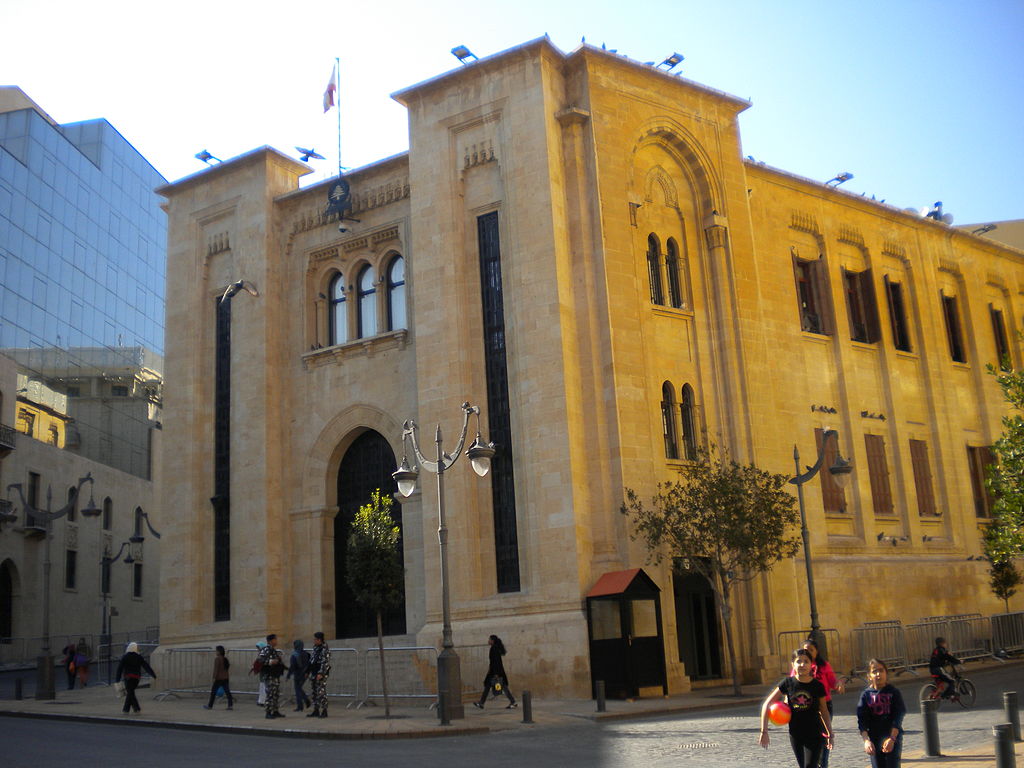
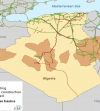
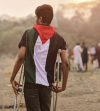
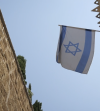
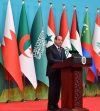
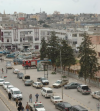
Réagissez à cet article